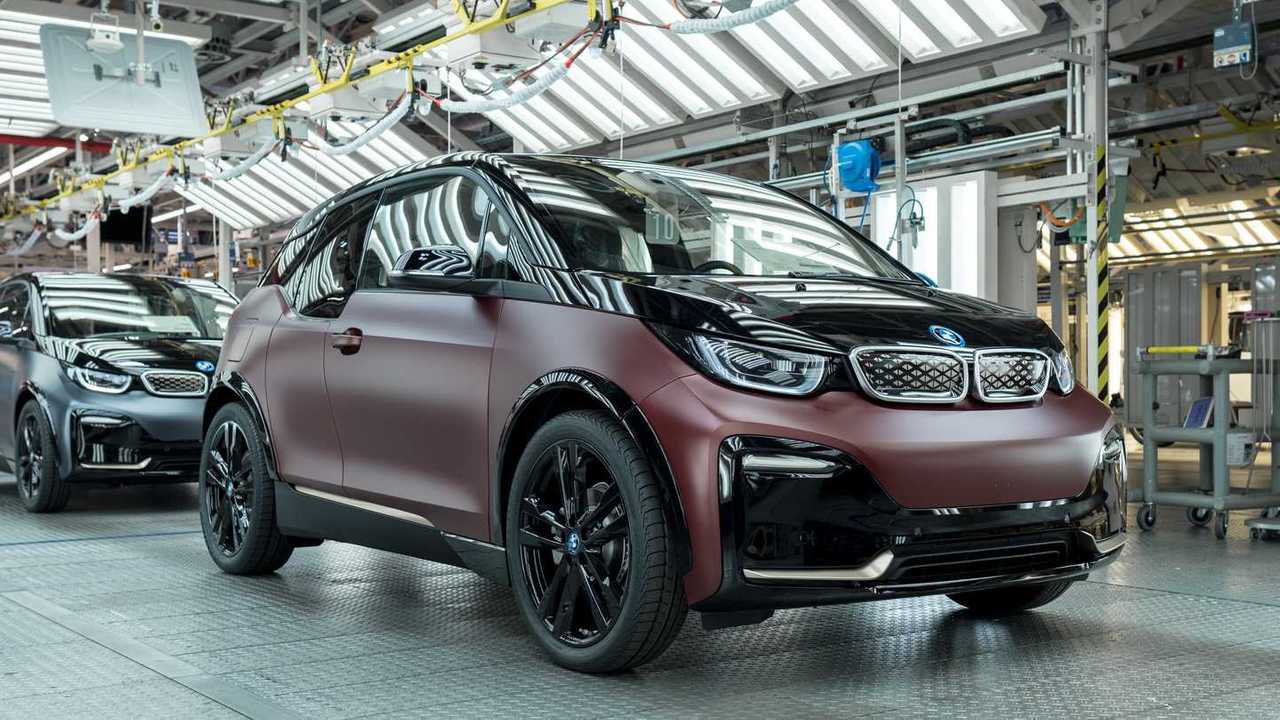BMW’s i3 successor will feature a more conventional design, according to the automaker’s development boss, Frank Weber. In an exclusive interview with German outlet Automobilwoche, Weber stated that the i3 replacement will avoid the polarizing design of its predecessor. This news comes as a relief for those who were not fans of the i3’s unconventional appearance.
Interestingly, BMW had not previously announced that the i3 would have a direct successor. The company had stated that production of the i3 would end in 2022, with the iX1 crossover serving as its successor in some markets. However, the iX1 is larger and has a completely different styling, making it more of an indirect and temporary successor. Weber’s statement confirms that a direct successor is indeed in the works.
Weber emphasized the importance of offering customers an affordable, compact car as part of the BMW brand. The EV market has evolved significantly since the i3’s debut in 2013. At that time, electric vehicles were still in the early stages of mass adoption, with models like the Nissan Leaf and Tesla Model S leading the way. BMW wanted the i3 to stand out from its traditional internal combustion engine lineup, which is why it opted for a polarizing design. However, this design choice received criticism from BMW loyalists.
Despite the mixed reception, the i3 developed a cult following and attracted many first-time BMW buyers who appreciated its unique qualities. With the introduction of the new EV-focused Neue Klasse architecture, BMW aims to offer longer driving ranges, faster charging times, and reduced battery costs. The platform will initially underpin a midsize sedan and a midsize SUV, with four more vehicles planned within the next two years.
Production of the first Neue Klasse EVs will begin in 2025 at BMW’s new factory in Hungary, followed by production in Munich. The i3, which sold over 250,000 units during its nine-year production run, is considered one of the most successful electric cars to date. With the i3’s direct successor and the upcoming Neue Klasse lineup, BMW is positioning itself to compete in the rapidly evolving electric vehicle market.
Title: Less Controversial Design Expected for Next Generation of BMW i3
Introduction:
The automotive industry is gradually transitioning towards a greener future, with electric vehicles (EVs) gaining significant popularity. BMW has been at the forefront of this shift, particularly with its BMW i3, a standout electric car known for its unique and polarizing design. However, as the acclaimed i3 enters its next generation, it is becoming apparent that BMW is targeting a more mainstream appeal by opting for a less controversial design. In this article, we will explore the factors behind this decision and what it means for the future of the BMW i3.
From Passion Project to Mainstream Offering:
Introduced in 2013, the BMW i3 marked the German automaker’s venture into the EV market. Its innovative and unconventional design, combining futuristic aesthetics with sustainable materials, made it an icon of electric mobility. However, over the years, the i3’s polarizing looks became a subject of contention among customers, leading BMW to reassess its design choices for the next generation.
Responding to Customer Feedback:
BMW acknowledges that while the i3’s unique appearance contributed to its iconic status, the design was also limiting its broader market potential. The company has been actively listening to customer feedback, which highlighted concerns about the car’s unconventional styling. By addressing these concerns, BMW aims to attract a wider pool of prospective EV buyers who may have been deterred by the i3’s controversial looks.
Embracing a More Subdued Aesthetic:
With the upcoming generation, BMW aims to adopt a less controversial design language for the i3, while retaining the distinctive character and sustainability attributes that made it popular in the first place. The company believes this toned-down aesthetic will attract a wider range of consumers who are interested in eco-friendly transportation, but prefer a more conventional appearance.
Incorporating BMW’s Evolving Design Identity:
The next generation of the BMW i3 is expected to borrow design elements from the company’s evolving design language seen in its conventional lineup of vehicles. This will help create a visual connection between the i3 and its siblings, making it feel more familiar to potential buyers. By incorporating these changes, BMW envisions a seamless transition for drivers considering an electric vehicle without compromising the i3’s proven electric performance.
The Future of the BMW i3:
While a less controversial design for the i3 may surprise some fans of the original model, it signifies BMW’s readiness to evolve the i3 to meet customer expectations and capitalize on the growing demand for EVs. The automotive industry is currently witnessing a pivotal transformation, with mainstream automakers increasingly entering the electric vehicle market. By adopting a more conventional look for the i3, BMW aims to position it as a strong contender in the competitive EV landscape while fulfilling customers’ desire for a greener commute.
Conclusion:
The next generation of the BMW i3 promises to strike a balance between sustainability, performance, and mainstream appeal. BMW’s decision to adopt a less controversial design language for the i3 reflects a response to customer feedback, enabling the electric vehicle to appeal to a broader audience. As the automotive world shifts towards a greener future, BMW’s efforts to refine the iconic i3 provide another positive step towards achieving widespread adoption of electric mobility.

